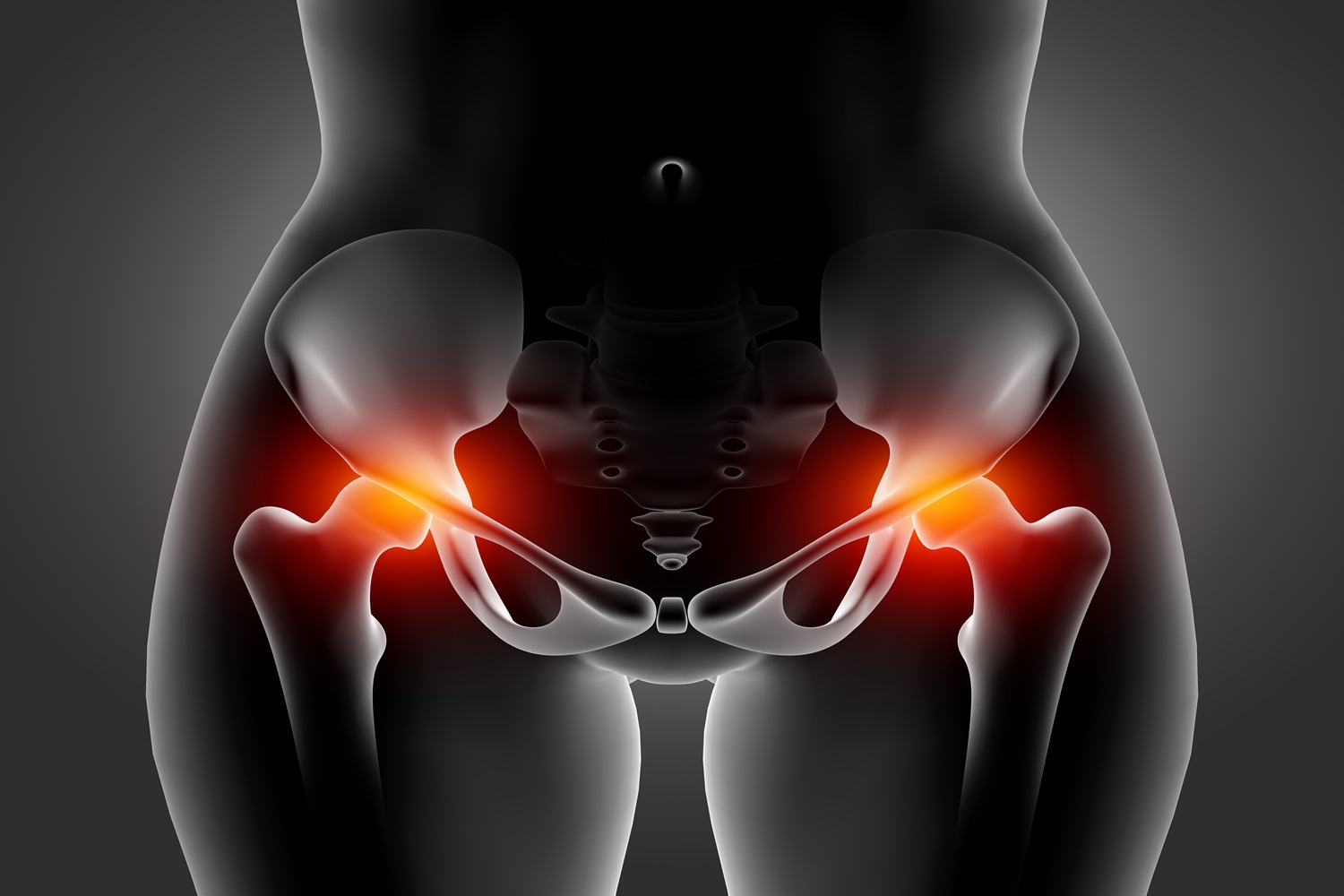Hip replacement surgery provides long-lasting relief for individuals experiencing ongoing hip pain and restricted movement. Hip replacement surgery provides lasting relief for individuals suffering from chronic hip pain and limited mobility. As awareness grows, more patients are turning to this procedure to regain independence and comfort in daily life.
In this article, we will explore when hip replacement becomes necessary, why it’s done, how it works, and what patients can expect before and after surgery. We’ll also touch on international care options for those seeking affordable treatment.
When Is Hip Replacement Surgery Necessary?
This procedure is usually recommended when conservative therapies no longer offer sufficient relief from intense hip pain or functional limitations. The most common indicators include:
- Degenerative Joint Disease
- Osteoarthritis is the leading contributor, gradually wearing away cartilage and causing joint rigidity.
- Rheumatoid arthritis, an autoimmune disorder, triggers persistent inflammation that deteriorates joint tissues over time.
- Post-traumatic arthritis: Resulting from a serious hip injury or fracture.
- Other Medical Conditions
Avascular necrosis occurs when reduced blood supply to the femoral head leads to the collapse or death of bone tissue.
Hip dysplasia or congenital abnormalities: These can cause early wear of the joint.
- Signs You May Need Surgery
- Persistent hip pain, even at rest or during the night.
- Limited ability to walk, climb stairs, or bend.
- Little or no improvement from medication or physical therapy.
- X-rays showing joint degeneration or bone-on-bone contact.
Why Is Hip Replacement Surgery Done?
The main objective of hip replacement is to eliminate pain and reinstate normal joint function. Patients with advanced joint damage often struggle with daily tasks such as walking, dressing, or even sleeping comfortably. When conservative treatments—like anti-inflammatory drugs, physical therapy, walking aids, or steroid injections—no longer offer relief, surgical intervention becomes the most effective option.
Through the use of a prosthetic implant, the surgery realigns the joint, boosts mobility, and significantly improves the patient’s daily well-being.
How Does Hip Replacement Surgery Work?
During a hip replacement procedure, the orthopedic surgeon removes the damaged portions of the hip joint—usually the femoral head (the “ball”) and the socket—and replaces them with prosthetic components. These components typically include:
- A ceramic or metal ball that connects to the implanted stem
- A socket component—crafted from plastic, metal, or ceramic—is secured into the pelvic bone
- A liner made of ceramic or plastic is inserted between the components to ensure smooth, frictionless movement
The surgery can be performed using different approaches, such as posterior, lateral, or anterior techniques. The choice depends on the patient’s anatomy, surgeon’s preference, and overall health condition.
What to Expect Before and After Surgery
Preoperative Phase
Before surgery, patients undergo a comprehensive medical evaluation, including blood tests, imaging (X-rays or MRI), and a physical exam. Doctors will also provide guidance on medications, anesthesia options, and lifestyle adjustments, such as quitting smoking or losing weight.
Postoperative Recovery
Recovery duration differs per individual, but generally includes:
- Hospital stay of 1 to 3 days
- Relying on assistive devices such as crutches or a walker during the initial recovery phase
- Engaging in physical therapy to rebuild strength and enhance joint flexibility
- Return to daily activities within 6 to 12 weeks, depending on individual progress
While most modern implants are designed to last 15 to 20 years or longer, maintaining a healthy lifestyle and avoiding high-impact activities can extend the life of the prosthesis.
Risks and Complications
Although hip replacement surgery is generally safe and highly successful, it’s important to be aware of potential complications, including:
- Blood clots in the legs or lungs
- Infections at the incision site or around the implant
- Dislocation of the artificial joint
- Implant wear or loosening over time
- Nerve or blood vessel injury (rare)
Choosing an experienced surgical team and following postoperative instructions carefully can greatly reduce these risks.
Exploring International Options: Hip Replacement Surgery in Turkey
With rising healthcare costs in many countries, more patients are exploring hip replacement surgery in Turkey as a high-quality and cost-effective alternative. Turkey has earned a strong reputation in medical tourism, offering world-class hospitals, English-speaking specialists, and advanced surgical techniques at significantly lower prices than in the U.S. or Western Europe.
Platforms like Turquie Santé connect international patients with top-tier orthopedic surgeons and accredited clinics, ensuring a seamless and personalized treatment experience—from travel arrangements to post-op care.
Final Thoughts
Hip replacement surgery is a well-established and effective solution for individuals suffering from debilitating hip pain and limited mobility. When conservative treatments fail, this surgical procedure offers a pathway to renewed freedom and activity. Whether you’re considering treatment at home or abroad, understanding your options, risks, and recovery expectations is essential.
For patients looking for an affordable, expert-led procedure without compromising quality, exploring medical tourism destinations like Turkey could be a smart and life-enhancing choice.



